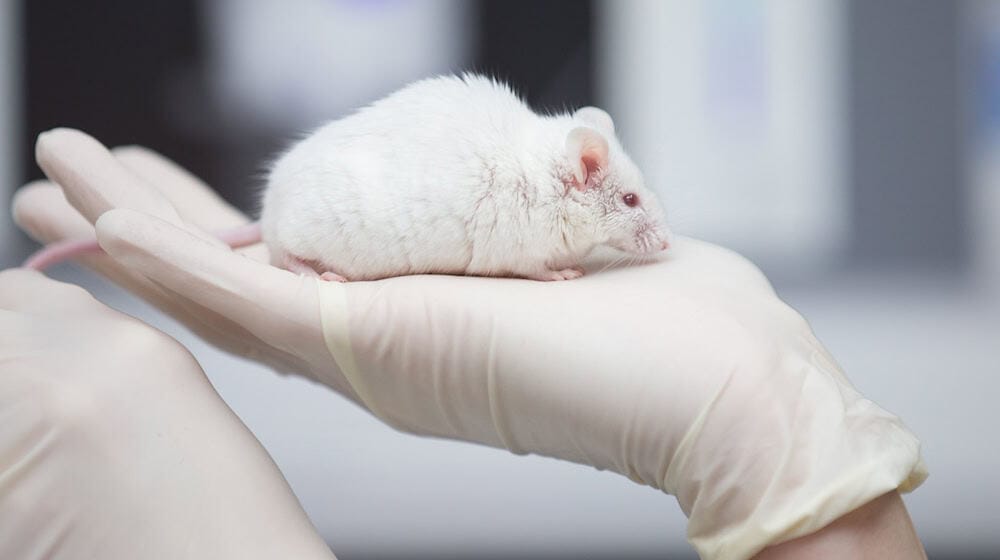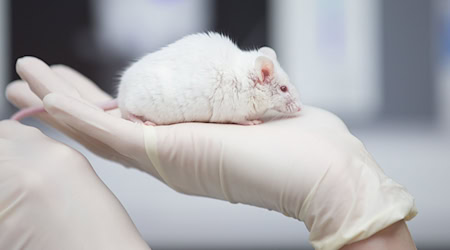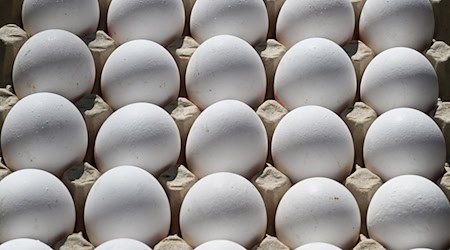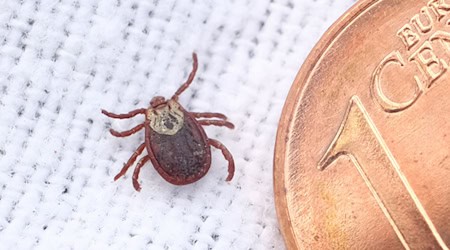The number of approved animal experiments fell by a third in 2024. Last year, the State Directorate of Saxony approved 91 applications, with a further 14 still pending, according to the authority. There were no rejections. In the previous year, 138 permits were granted.
According to the information provided, the experiments are used in particular for basic research, the transfer of research findings in the medical field from the laboratory to clinical application and species protection. They are also part of education and training at universities, for example in (veterinary) medical studies.
Decrease in the number of laboratory animals used
A total of around 126,500 animals were used in experiments in Bavaria in 2023 - a decrease of around 7,000 compared to 2022. This is according to figures from the German Center for the Protection of Laboratory Animals, which do not have more up-to-date data. The number of laboratory animals killed remained at a similar level of around 11,300.
In addition, there were around 109,000 animals that were bred for scientific purposes but not used for these purposes and then killed, for example because they did not have a desired genetic modification. Compared to 2022, there was an increase of 29,000 killings in this area, which particularly affected zebrafish (around 57,300 in 2023, 36,000 in 2022).
Experiments mainly on mice and zebrafish
Experiments on mice (112,000) were carried out most frequently in Saxony, followed by zebrafish (8,100). Tests were also carried out on rats (1,500), pigs (2,500) and cattle (222). In addition, 11 dogs were among the laboratory animals, the majority of which were used in higher education and vocational training.
TU Dresden uses the most laboratory animals
Researchers at TU Dresden used the majority of laboratory animals. According to their own figures, almost 91,000 animals were used in research in 2023 and around 4,000 of them were killed. For example, researchers conducted experiments on pigs as part of a project to optimize mechanical ventilation, which is often used in acute respiratory distress syndrome (ARDS) and also in severe cases of COVID-19.
In experiments with mice, a team showed how certain body signals can change the intestine in such a way that colon cancer can develop.
In Saxony, six other research institutes carry out animal experiments: the Fraunhofer Institute, the Helmholtz Association of German Research Centers, the State Office for Environment, Agriculture and Geology, the LUPUS Institute for Wolf Monitoring and Research in Germany, the Max Planck Institute of Molecular Cell Biology and Genetics and the University of Leipzig.
Copyright 2025, dpa (www.dpa.de). All rights reserved










